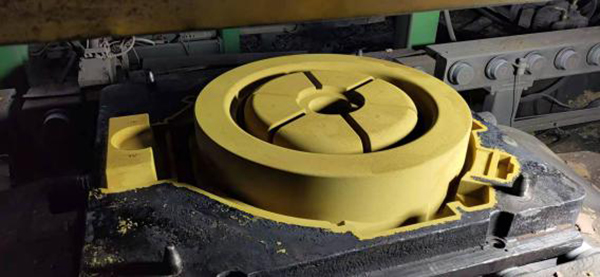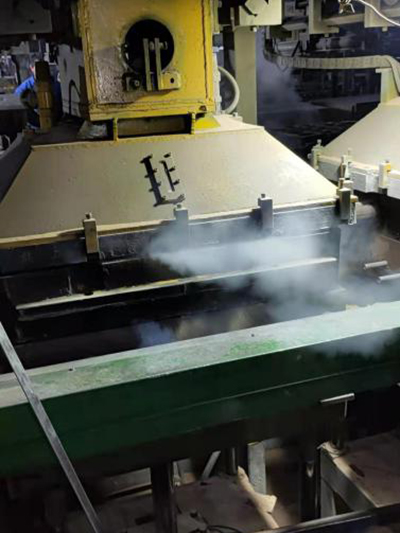

The choice between sand casting and die casting hinges upon several factors including production volume, material characteristics, design complexity, and required tolerances. Sand casting's flexibility and cost-effectiveness for smaller runs make it a preferred choice for larger, more complex geometries and less precise applications. Die casting, by contrast, excels in high-volume production where precision and surface finish are paramount. This distinction is crucial for product managers and engineers who must balance project budgets with the technical requirements and quality standards of the final product. Advancements in both casting techniques continue to emerge, further blurring the lines and increasing competitiveness between them. For instance, innovations in sand casting involve improving sand binders and using 3D printing for mold creation, which enhances the process ability to produce more precise and varied shapes. Similarly, advances in die casting include better mold materials and vacuum-assisted techniques, which improve part integrity and surface finish, reducing porosity and other defects. In summary, understanding the fundamental differences between sand casting and die casting is imperative for making informed decisions that optimize product performance, cost, and production efficiency. This knowledge ensures manufacturers can leverage the strengths of each method to meet their unique production needs, driving innovation and maintaining competitiveness in an ever-evolving industrial landscape. Post time:Фев . 15, 2025 00:29
Next:difference between die casting and sand casting
